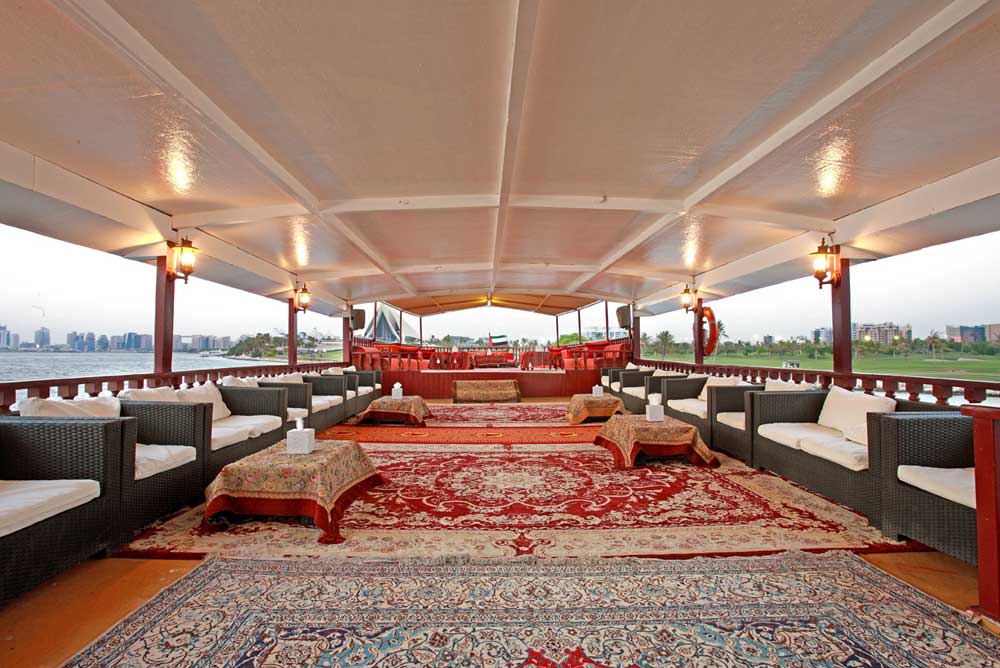Abu Dhabi Hotel Interior Photography – Call: 050 7744164
Interior photography in Dubai, like in any other location, involves capturing the aesthetics, design, and ambiance of indoor spaces. Dubai is known for its stunning architecture and luxurious interior designs, making it a popular destination for interior photographers. Here are some tips and considerations for interior photography in Dubai:
- Plan and Prepare:
- Research the interior spaces you’ll be photographing in advance to understand their unique features and design elements.
- Coordinate with the property owners or managers to schedule your photography session and obtain any necessary permissions.
- Equipment:
- Use a high-quality DSLR or mirrorless camera with a wide-angle lens to capture the entire room without distortion.
- Consider using a tripod to ensure stability and sharpness, especially in low-light conditions.
- Natural Light:
- Dubai is known for its abundant natural light. Utilize this to your advantage by shooting during the golden hours (early morning or late afternoon) when the sunlight is soft and warm.
- Use curtains or blinds to control the intensity of natural light streaming into the room, reducing harsh shadows
- Interior photography in Dubai offers an exciting opportunity to capture the stunning and luxurious interiors that the city has to offer. Dubai is known for its opulent architecture, modern design, and lavish interiors, making it a popular destination for interior photographers. Here are some tips and considerations for interior photography in Dubai:
- Permission and Access: Many interiors in Dubai, especially in hotels, resorts, and private residences, may require permission or access. It’s essential to obtain the necessary permits or permissions before shooting in these locations. Contact the property owner or management in advance to arrange access.
- Golden Hour: Dubai’s unique lighting conditions, especially during the golden hour (shortly after sunrise or before sunset), can provide beautiful soft light that enhances interior photography. Try to schedule your shoots during these times for the best natural lighting.
- Equipment: Invest in high-quality camera equipment, including a full-frame DSLR or mirrorless camera, a selection of lenses (wide-angle and prime lenses are particularly useful for interior photography), a sturdy tripod, and a remote shutter release. A tripod is especially crucial for achieving sharp, well-exposed shots in low-light conditions.
